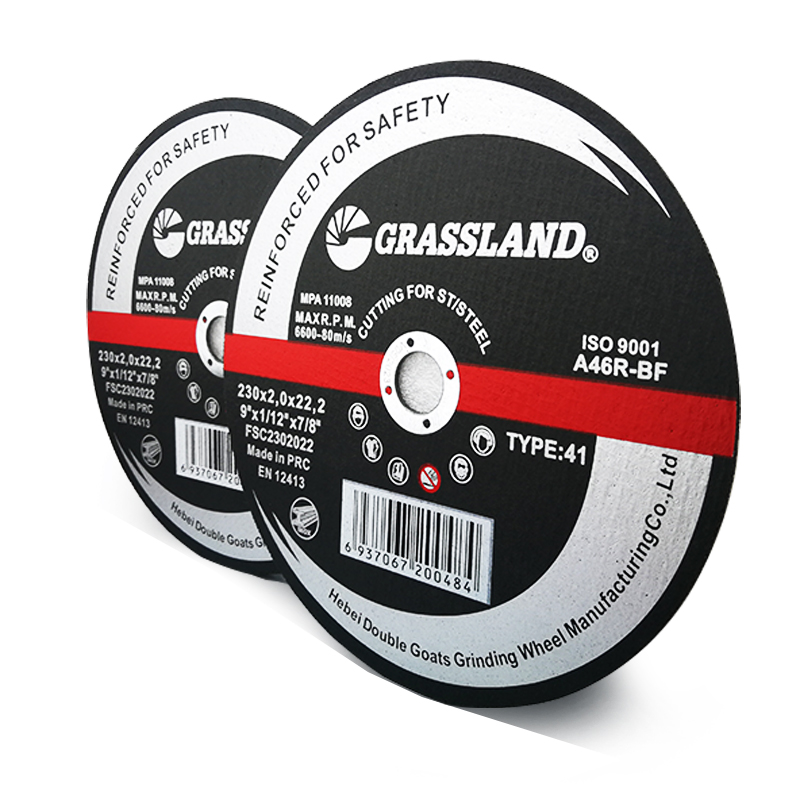The Role of Iron Cutting Wheels in Modern Manufacturing
In the realm of manufacturing and metalworking, precision and efficiency are paramount. Among the plethora of tools and machinery that facilitate these processes, iron cutting wheels stand out as critical components in shaping and finishing metal materials. These cutting tools have revolutionized the way industries approach metal fabrication, offering enhanced performance, safety, and versatility.
Iron cutting wheels, primarily composed of abrasive materials, are designed to cut through iron and other metals with remarkable ease. They play a vital role in diverse applications, ranging from heavy industrial tasks to small-scale workshops. The construction of these wheels typically involves a core made of fiberglass or steel, surrounded by a layer of abrasive grains, such as aluminum oxide or silicon carbide. This design allows for efficient cutting while maintaining structural integrity under high-speed operations.
One of the primary advantages of using iron cutting wheels is their efficiency. These tools are engineered to operate at high RPM (revolutions per minute), which significantly reduces the time required for cutting operations. With the ability to slice through thick iron sheets, pipes, and rods, they are indispensable in industries such as construction, automotive, and metal recycling. The fast-paced nature of modern manufacturing demands equipment that can keep up, and iron cutting wheels deliver just that by ensuring minimal downtime during processes.
Another important characteristic of iron cutting wheels is their versatility. They come in various sizes, thicknesses, and formulations tailored to specific applications. For instance, thin cutting wheels are perfect for precision cutting tasks where accuracy is essential, while thicker wheels are more suited for heavy-duty operations requiring deeper cuts. This vast range allows manufacturers to select the appropriate wheel for their particular needs, optimizing both performance and cost-effectiveness.
iron cutting wheel

Safety is another critical factor when it comes to using iron cutting wheels. The high-risk nature of cutting operations necessitates strict adherence to safety protocols. Modern iron cutting wheels are designed with safety features that reduce the likelihood of breakage or fragment dispersion. Users are encouraged to invest in high-quality wheels and adhere to manufacturer guidelines for speed and compatibility with the cutting machinery to minimize risks. Furthermore, wearing appropriate personal protective equipment (PPE), such as goggles and gloves, is advisable to safeguard against flying debris and sparks.
In recent years, advancements in technology have led to the development of more sophisticated iron cutting wheels. Innovations such as patented bonding agents and enhanced abrasive materials have increased their durability and longevity. Manufacturers are continually researching and implementing new materials and technologies that push the limits of performance, allowing for faster cuts, greater precision, and reduced wear and tear on the tools themselves. This drive for continuous improvement is not just about enhancing productivity; it also reflects a growing commitment to environmental sustainability by reducing waste and energy consumption during fabrication processes.
Moreover, as the demand for high-quality metalwork increases, so does the need for cutting tools that can accommodate complex designs and specifications. CNC (Computer Numerical Control) machines and robotic systems are becoming more prevalent in metal fabrication, necessitating compatibility with specialized iron cutting wheels that can operate seamlessly within these automated environments. The integration of smart technology into manufacturing allows for real-time monitoring and adjustments to cutting processes, further enhancing the capabilities of iron cutting wheels.
In conclusion, iron cutting wheels are indispensable tools in modern manufacturing, marrying efficiency, safety, and versatility. Their development continues to evolve alongside advancing industrial technologies, making them a cornerstone in the realm of metalworking. As industries strive for greater productivity and sustainability, iron cutting wheels will undoubtedly play a significant role in shaping the future of manufacturing. By understanding their characteristics and implementing best practices in their use, manufacturers can harness the full potential of these essential tools, ensuring they remain at the forefront of innovation and efficiency in metal fabrication.
Post time:Nov - 24 - 2024

















